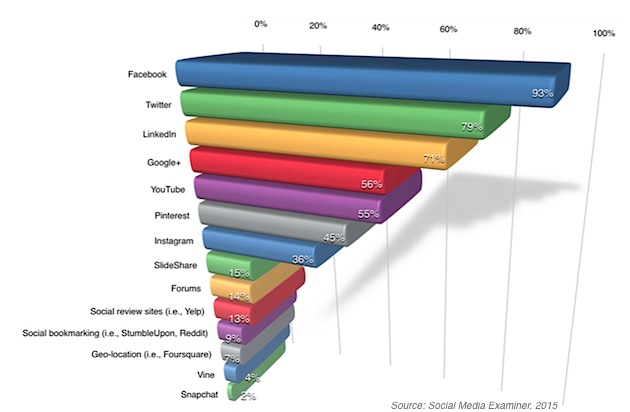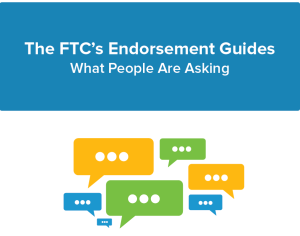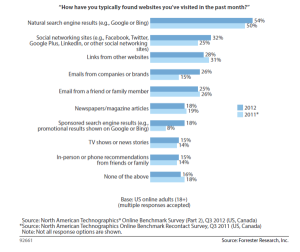Which are today’s social media platforms leaders and challengers?
Paid social media’s oligarchy, made up of Facebook, Instagram and YouTube, may soon have to share the crown as competing social media platforms are getting a second look from advertisers.
As the pandemic pushed advertisers to follow shoppers online and Apple’s latest data privacy crackdown has made tracking capabilities harder on Facebook. As a result, conversation around media spend diversification has moved from water cooler talk to a plan in action.
Facebook and Instagram are still the crème de la crème when it comes to social media ad spend thanks to its tremendous scale and unmatched targeting capabilities, according to media buyers. However, platforms like TikTok, Pinterest and Snapchat have upped the ante with their own offerings. Advertisers are starting to take notice.
Media buyers say platforms like LinkedIn, Triller, Twitch and Reddit have audiences that are too niche to cater to mass scale general audiences.
To get a sense of the landscape ahead of the fourth quarter, Digiday spoke with five social media experts and media buyers, who shared their thoughts on the current social media landscape, weighing on who’s winning big this year and who will take the crown in 2022.
So, what are today’s social media platforms leaders and challengers?










